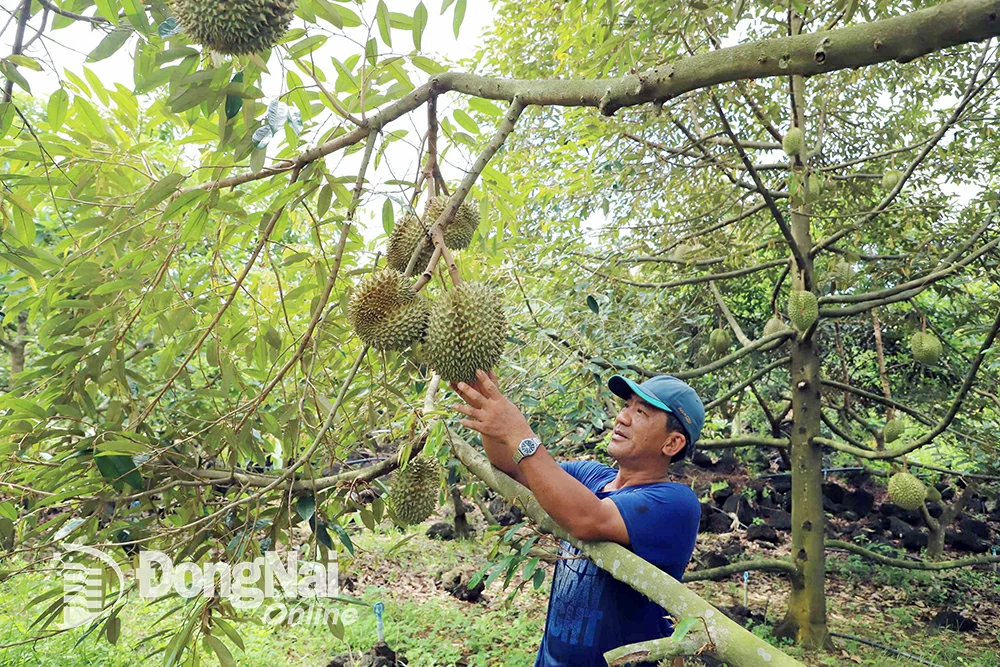 |
| Durian growing area in Thong Nhat district. Photo: B.Nguyen |
This is also the time when processing and exporting enterprises have many stories to share about challenges and opportunities in the Vietnamese durian export market.
To turn challenge into opportunity
In recent years, the durian industry has had a breakthrough development in both quantity and quality, but also revealed many limitations and negative aspects that need to be overcome for sustainable development.
According to Mai Xuan Thin, General Director of Red Dragon Production, Trade and Service Company Limited (in Ho Chi Minh City), a durian sold in the Chinese market costs millions of VND, so it is mainly aimed at the middle and high-end groups. Most Chinese people have not had the opportunity to enjoy this fruit, so there is still a lot of room for expanding the consumption market. With a total area of about 180 thousand hectares, the Vietnamese durian industry still has many opportunities to expand the standard growing area. Currently, China strictly controls food safety issues; if Vietnam can ensure technical standards, meet requirements on pesticide residues and heavy metals, Chinese consumers will certainly support it more strongly.
Sharing about the competitiveness of Vietnamese durian in the international market, Deputy Director of Chanh Thu Fruit Import-Export Company Limited (in Ben Tre province) Ngo Tuong Vy commented that Vietnam has many advantages over Thailand in growing durian such as: natural conditions as well as production and harvesting techniques... However, to promote this advantage, there needs to be more synchronous management from all levels of government and enterprises. In particular, it is possible to improve the durian supply chain, raw material areas need to have stricter guidance and control over the use of fertilizers and pesticides to ensure food safety and quality. Currently, the yellow O substance in durian preservation has been banned, hoping for inter-sectoral cooperation to research and develop durian preservation products to meet export needs.
From another perspective, Chairman of the Board of Directors of Tay Nguyen Durian Joint Stock Company ( Dak Lak province) Vu Phi Ho said that many export enterprises are facing difficulties in testing export goods with high costs, creating a heavy burden. The situation of many packaging facilities not being granted codes still operating openly leads to confusion between real and fake, affecting transparency and fairness in export activities. Regarding raw material areas, many new growing areas are facing difficulties in technical management, especially controlling pesticide residues. At the same time, it is necessary to have measures to control packaging facilities to avoid the situation of unqualified goods still being exported, affecting the reputation of the whole industry.
According to exporters, durian is mainly viewed from an export perspective, but in essence, responsibility to consumers must be placed first - including domestic consumers. Only when ensuring consistent quality, transparency and business ethics can Vietnamese durian maintain its position in both domestic and export markets.
Hope to remove the bottlenecks
According to processing and exporting enterprises, the durian industry needs to build a value chain with improvements in production, harvesting, preservation and deep processing to enhance product quality and value. Regarding input management, it is necessary to strictly control the use of fertilizers and pesticides to ensure food safety. In addition, there should be a support mechanism to encourage enterprises to invest in product quality inspection and testing systems.
Chairman of the Board of Directors of Ban Me Green Farm Joint Stock Company (Dak Lak province) Nguyen Thai Thanh shared that there is currently no official circular guiding post-harvest processing for durian, many enterprises do not know where to find post-harvest processing products that meet the technical requirements of the importing country, they have to "go and explore the road as they go". With the strong growth of durian output, the current cold storage and freezing system is not capable of meeting the demand. There needs to be macro-level policies from relevant ministries, departments and branches, especially preferential credit mechanisms to encourage enterprises to invest in building freezing factories and post-harvest processing facilities in industrial parks and specialized growing areas. This is an extremely urgent issue, especially in the context of durian regions about to have a peak harvest with huge output, putting great pressure on the consumption and preservation system.
According to the proposal of durian exporting enterprises, it is necessary to establish a plant quarantine center right at the large raw material area to check the goods before they are loaded into containers, instead of bringing them to the border gate and then quarantine them as is currently the case. Because bringing the goods to the border gate to wait for quarantine, the cost increases and the risk of damage is very high.
Sharing the same view, Mr. Tran Minh Chau, representative of Vinacontrol Quality Control Company Limited (Hanoi), said that the unit is testing the cadmium content in durian - one of the important indicators in the quality control process before export. However, according to a survey from practice, many key durian growing areas currently do not have any designated and recognized testing laboratories. This is a major barrier for gardeners and exporting enterprises in meeting technical requirements from the import market.
Binh Nguyen
Source: https://baodongnai.com.vn/kinh-te/202505/chat-luong-va-minh-bach-de-thi-truong-sau-rieng-tang-truong-dot-pha-bfc6634/




![[Photo] Prime Minister Pham Minh Chinh meets with Hungarian President Sulyok Tamas](https://vphoto.vietnam.vn/thumb/1200x675/vietnam/resource/IMAGE/2025/5/29/dbcaa73e92ea4448a03fe1d0de6d68e8)
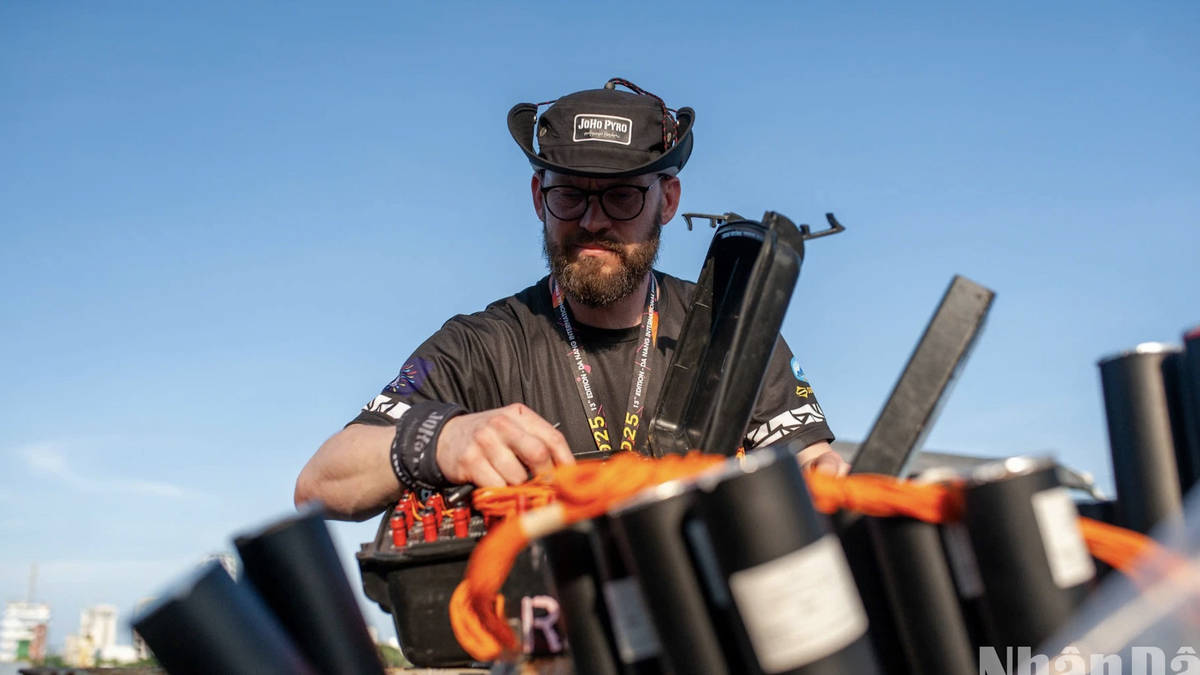
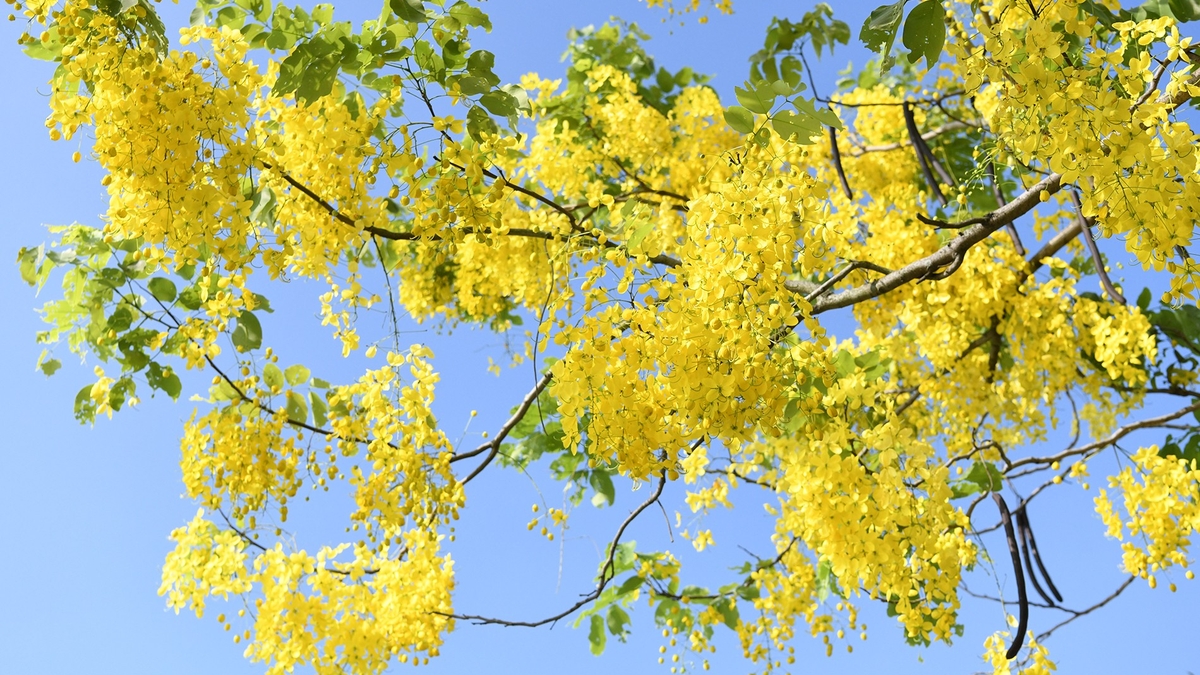
![[Photo] Vietnamese and Hungarian leaders attend the opening of the exhibition by photographer Bozoky Dezso](https://vphoto.vietnam.vn/thumb/1200x675/vietnam/resource/IMAGE/2025/5/29/94d8ceca5db14af3bf31285551ae4bb3)
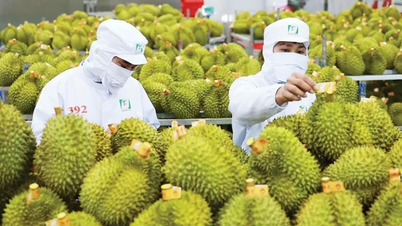

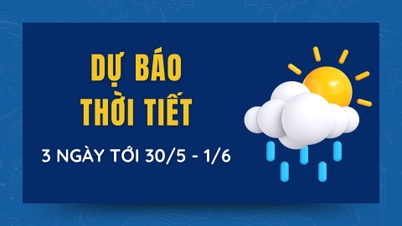




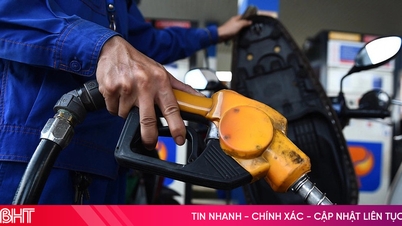

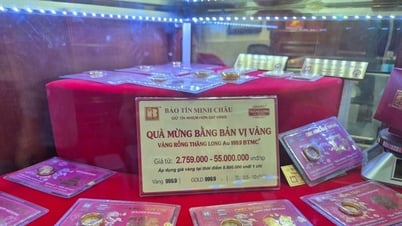





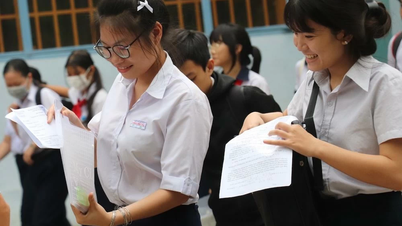

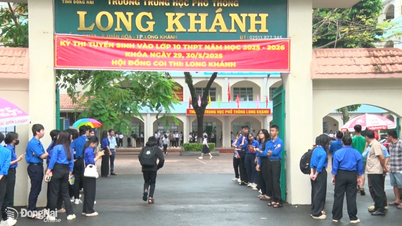
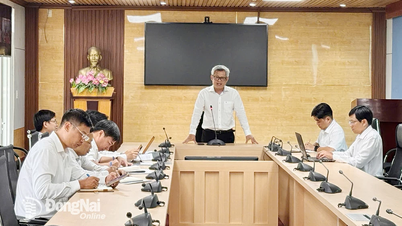
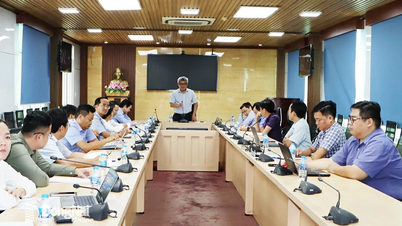

![[Photo] Prime Minister Pham Minh Chinh receives a bipartisan delegation of US House of Representatives](https://vphoto.vietnam.vn/thumb/1200x675/vietnam/resource/IMAGE/2025/5/28/468e61546b664d3f98dc75f6a3c2c880)



























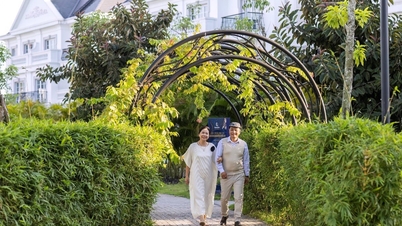

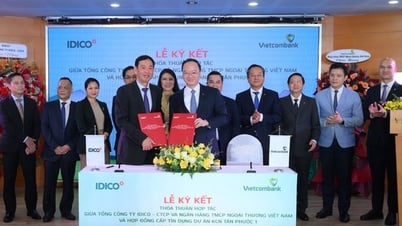








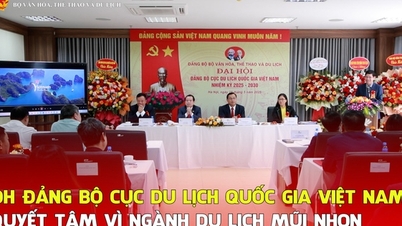
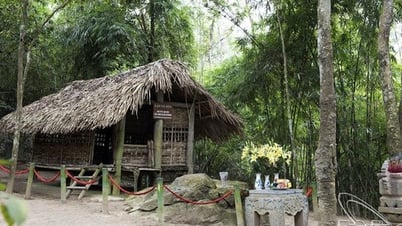
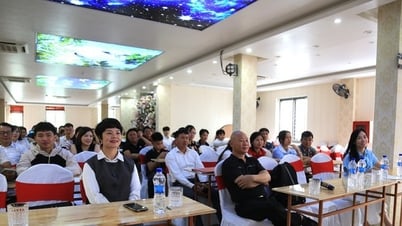
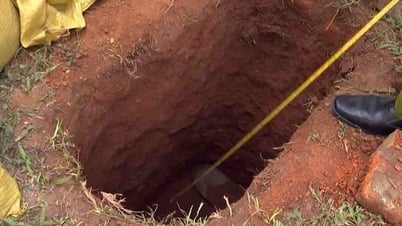
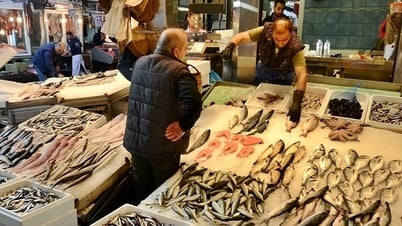



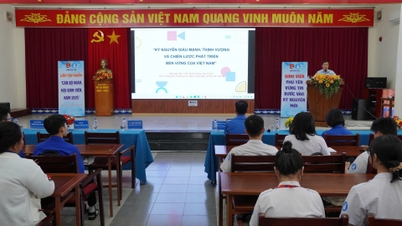


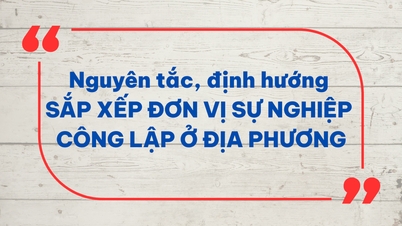








Comment (0)